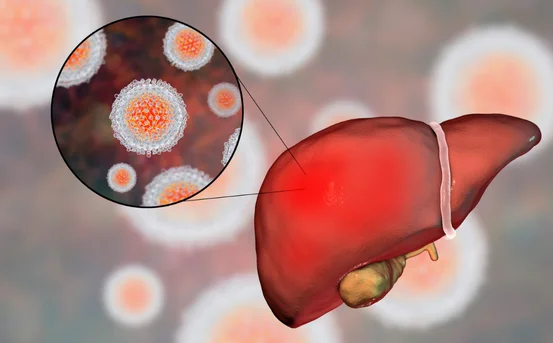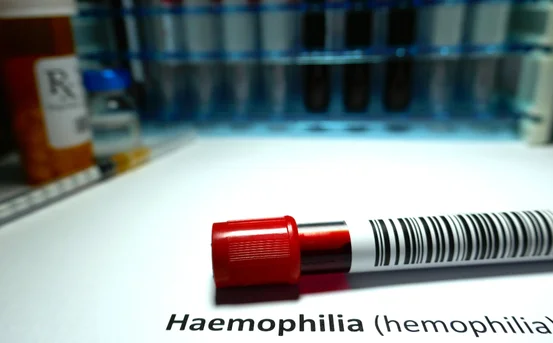Subcutaneous mastectomy is a surgical procedure that removes breast tissue while preserving much of the skin envelope and, in certain cases, the nipple-areola complex. This approach is commonly utilized for both therapeutic and prophylactic reasons. Whether you’re exploring options due to a breast cancer diagnosis, genetic predisposition, or as part of gender confirmation treatment, understanding how a diagnosis for subcutaneous mastectomy is made is essential.
This procedure is commonly indicated for both therapeutic and prophylactic reasons. Therapeutically, it may be recommended for individuals diagnosed with breast cancer, particularly when the tumor is located away from the nipple and the cancer is in an early or localized stage. In these cases, preserving the skin and sometimes the nipple-areola complex does not compromise oncologic safety. Prophylactically, subcutaneous mastectomy is often considered for individuals with a high genetic risk of developing breast cancer such as those with BRCA1 or BRCA2 gene mutations or those with a strong family history of breast cancer. For these patients, removing the majority of the breast tissue significantly lowers the risk of developing cancer in the future while maintaining natural appearance.
Understanding Subcutaneous Mastectomy
Subcutaneous mastectomy is a less invasive alternative to traditional mastectomy techniques. The primary aim is to remove the majority of breast tissue while keeping the overlying skin intact. This technique offers several benefits including improved cosmetic outcomes and potentially quicker recovery times. It is often considered for:
- Prophylactic Surgery :- For high-risk individuals, such as those with BRCA1 or BRCA2 gene mutations.
- Therapeutic Purposes :- In select cases of breast cancer where preserving the skin envelope can yield favorable aesthetic and reconstructive outcomes.
- Gender-Affirming Surgery :- Particularly in female-to-male gender confirmation, where chest contouring is a significant aspect of the transition process.
The Importance of a Thorough Diagnosis
Accurate diagnosis is the cornerstone of successful surgical intervention. When considering subcutaneous mastectomy, several factors must be evaluated:
- Extent of Breast Tissue Involvement :- A detailed assessment to ensure enough breast tissue is removed to meet the therapeutic or prophylactic goals.
- Oncologic Safety :- Ensuring that the preserved skin and nipple-areola complex (when applicable) do not harbor malignant cells.
- Patient Expectations and Aesthetic Considerations :- Understanding the patient’s goals regarding body image and recovery.
A comprehensive diagnosis guides the surgical team in selecting the most appropriate techniques and tailoring the procedure to the patient’s unique needs. This individualized approach contributes to improved outcomes and patient satisfaction.
Key Steps in the Diagnostic Process
- Comprehensive Medical History
The diagnostic journey begins with an in-depth evaluation of the patient’s medical history. This includes:
- Family History :- Discussing any familial predisposition to breast cancer or genetic disorders.
- Previous Breast Issues :- Information about past breast biopsies, surgeries, or treatments.
- Personal Health Overview :- Understanding underlying conditions, hormonal factors, and overall health that might influence the surgical outcome.
- Physical Examination
A detailed physical examination is conducted by a specialist, often a breast surgeon or oncologist. During this exam, the doctor assesses:
- Breast Texture and Consistency :- Identifying any abnormalities, such as lumps or areas of induration.
- Skin Condition :- Evaluating the quality and elasticity of the skin, which is essential for preserving aesthetic outcomes.
- Nipple-Areola Complex :- Determining if the complex is free of suspicious lesions or palpable masses.
- Imaging Studies
Imaging plays a crucial role in diagnosing and planning for subcutaneous mastectomy. Common imaging modalities include:
- Mammography :- Often the first-line imaging tool, mammography provides detailed images that can identify calcifications, masses, and other suspicious areas.
- Ultrasound :- This non-invasive technique is useful for characterizing lesions found during the physical examination or mammography. It helps in distinguishing between benign and malignant masses.
- Magnetic Resonance Imaging (MRI) :- In high-risk patients or those with dense breast tissue, MRI can offer a more sensitive evaluation. It is particularly valuable when considering nipple-sparing procedures, as it helps ensure that all at-risk tissue is identified.
- Biopsy and Tissue Analysis
When imaging studies reveal any suspicious abnormalities, a biopsy is typically the next step. This is where a small sample of breast tissue is extracted and examined under a microscope. There are a few biopsy techniques, including:
- Core Needle Biopsy :- Often used as a minimally invasive method to obtain a representative sample of the suspicious area.
- Fine Needle Aspiration (FNA) :- Occasionally used when the lesion is small or located in a sensitive area. However, FNA may provide less tissue for analysis.
- Excisional Biopsy :- This involves removing an entire lump or area of tissue, primarily when less invasive methods have not yielded sufficient information.
Integrating Multidisciplinary Consultations
Diagnosis for subcutaneous mastectomy isn’t conducted by a single doctor. A multidisciplinary team approach is often employed to ensure a thorough assessment. This team may include:
- Breast Surgeons :- Who specialize in surgical techniques that balance oncologic safety and cosmetic outcomes.
- Oncologists :- To evaluate the cancer staging and advise on systemic treatments that might precede surgery.
- Radiologists :- Who interpret imaging studies and identify areas of concern.
- Pathologists :- Who analyze biopsy samples and confirm the diagnosis.
- Plastic Surgeons :- Particularly when reconstructive procedures are part of the surgical plan.
Personalized Treatment Planning
Every patient’s journey is unique. The diagnostic information gathered is used to create a tailored treatment plan that considers:
- Individual Risk Factors :- Genetic predisposition, previous treatments, and overall health.
- Anatomy and Tissue Characteristics :- Ensuring that the surgical technique matches the patient’s physical attributes.
- Patient Goals :- Whether the focus is on maximizing cosmetic outcomes, reducing cancer risk, or improving quality of life in a gender-affirming context.
Preparing for Surgery and Post-Operative Care
Once the decision to proceed with subcutaneous mastectomy is made, several steps are taken to prepare the patient for surgery and to ensure a smooth recovery:
Pre-Operative Preparation
- Detailed Surgical Plan :- The surgical team will outline the procedure in detail, including the steps involved and the expected outcomes.
- Lifestyle Adjustments :- Patients may be advised to adopt certain lifestyle changes before surgery, such as adjustments in diet or cessation of smoking.
- Emotional and Psychological Support :- Support from counselors or support groups can be invaluable, helping patients manage anxiety and set realistic expectations.
Post-Operative Care
- Monitoring and Follow-Up :- Regular follow-up appointments are essential to monitor healing and address any complications promptly.
- Physical Therapy :- Some patients may benefit from physical therapy to regain strength and mobility.
- Long-Term Surveillance :- Continued monitoring for any signs of recurrence or complications is part of the long-term care plan.
Conclusion
A thorough and well-orchestrated diagnostic process forms the backbone of successful subcutaneous mastectomy. From initial medical history and physical examinations to advanced imaging studies, biopsies, and multidisciplinary consultations, each step is carefully designed to ensure that every patient receives personalized and effective care. The balance between oncologic safety and cosmetic outcomes is a delicate one, and understanding the diagnosis for subcutaneous mastectomy is the first step in making informed decisions about your health.
If you or a loved one are considering this procedure—whether for cancer treatment, prophylactic surgery, or gender confirmation it is critical to work closely with a team of experienced specialists. By understanding your diagnostic results and collaborating on a personalized treatment plan, you can approach the surgery with confidence and clarity about the risks, benefits, and expected outcomes.























